|
Let's take a moment and talk about the Fighter. A standardized class across multiple fantasy tables, the Fighter solidified its home in Dungeons & Dragons as the quintessential bruiser and battle king. You had the best armor, the best weapons, and you could take it as well as you could dish it. Though that identity would fracture with the induction of the Barbarian and Paladin classes of 5th Edition (why hello there, NOVA damage), the core concept would remain the same. My favorite Fighter version is easily found in Pathfinder 1E, where I'm rocking Feats at every level, building a shield wall monster that blocks everything and hits harder than a blunderbuss with a buckler. That's my jam. Customizable visionary characters who personify the idea of TANK - shrugging off blows while the wizard wrecks fools in the back row. Fast-forward to 5th Edition, and I think we can all agree that Fighter took a nerf arrow to the knee. Subclass options, at least at the onset, left a bit to be desired in execution. Overall concepts were promising, but once we started playing, adjustments in the name of game balance turned us off to future prospects. A little overview of our initial options: The ChampionThe basic fighter with a little more basics. Big fan of increasing your threat range by +5% early on, rocking critical hits on a 19-20 at Level 3. Blend that feature alone with a Barbarian mix with Action Surge and Reckless Attack and you've got a "crit-fisher" in 5 levels (plus, add on some Rogue levels and you won't be sorry when that Sneak Attack feature doubles). You'll get some nifty athletic and Dexterity buffs, and finally grab that sweet, sweet 18-20 critical at level 15. In my honest opinion, that happens a bit too late, considering the wizard is about to be dropping Meteor Swarm on your dumb ass. The Battle MasterAKA the "good one", Battle Master has been played quite well at a number of my tables. You have sweet, versatile combat and utility options to trip, pull, push, and goad opponents, all while stacking on damage and forcing saving throws. And the suite of Battle Maneuvers to make that happen is a big enough pool that you won't have the same Battle Master often. Clearly the tactician of load out, a good Battle Master involves themselves intrinsically in the landscape of battle, scoring key moves and hits, and setting up their allies for greater success. It keeps you in the action, and it was clearly made with this in mind. The Eldritch KnightThe Fighter with a "blasting hand", the Eldritch Knight in concept is freaking awesome. A sword-swinging badass with just enough magic for a sick one-two punch of arcane might and hard steel. You get access to 4th level spells at max level, but I ain't complaining, and you can shoot off cantrips while still hacking into fools with your multiple attacks...per...round. Hey, wait a minute. So. In case you weren't paying attention. The defining feature of a 5th Edition Fighter is that they can attack more often than any other class. While everybody else caps at 2 attacks per Attack Action (shut up, Monks, those extras are your Bonus Action), Fighters cap at FOUR times per Action, and they get Action Surge to rock me Amadeus four MORE times if they so choose in a round. So you saunter into this class archetype, wind blowing in your Maybelline hair, and you summon a Firebolt as you brandish your sword, ready to kick ass and take names - and you get to swing once. ONCE. You burn your Action on the Cantrip, and you swing ONE FREAKING TIME. And that's at SEVENTH LEVEL - where every other martial class is hitting at least twice, and your Wizard has access to 4th Level spells. Feels a bit late, doesn't it? "OH. BUT IT GETS BETTER," he said mockingly. ARE. YOU. SERIOUS!? Not to sound ungrateful, but let's break this down. Eldritch Strike sounds nice on paper. Hit a dude, they have Disadvantage on a Saving Throw from a spell YOU cast before the end of your next turn. That's nice, I guess. Snag Hold Person and you've got a clutch setup for you and your allies; in fact, because you can switch up the order (in most cases) of your Bonus Action and Action economy, you can achieve this debut in the same round. ...Still only hitting once, though, as that Bonus Action. Arcane Charge is pretty nifty. Wreck somebody sideways, then teleport to another across the battlefield and do it again. That's cool - I admit it. Still feels like something's missing, though. Improved War Magic - at 18th level, you can now cast a Spell (which you've been doing anyway, maybe), and attack ONCE as a Bonus Action. FACE. PALM. *Not featured in the screen cap is a neat little flavor perk where you can call your weapon to you as a Bonus Action. ...More on that later. Talk about a lackluster reception, and it isn't for lack of players trying. The flavor text of the Eldritch Knight sounds like the BEST TIME playing as a Fighter. The versatility of low-level Wizard magic and blasting power, and all the standard Fighter perks, plus more Feats than anyone else (so customization options). I've had a few players go for this build, only to be sorely disappointed by the extra features, to the point that they RARELY used their arcane abilities, defaulting to vanilla fighter most of the time (you know, the one that can attack eight times in a round?). So without sounding too verbose or long-winded, I propose the following adjustments: Let Go Of The Action Economy Lawyering AKA "Let Fighters Fight"Let's address the first Treant in the room - War Magic is downright mean to the Fighter's primary ability set. Just swap it around. Change the language like this: "Beginning at 7th level, when you use your Action to make a weapon attack, you may cast a Cantrip as a Bonus Action." "But what about spells that have a casting time of 1 Action!?" I hear you scream. Don't care. Sorcerers get Quickened Spell, Eldritch Blast fires multiple separate rays, and Fireball has been around for three levels. Get over it and let the Knight swing their weapon into a skeleton twice and rock a Firebolt on the sabertooth tiger gnawing on your Cleric. It's their job - let them do it. And later, just upgrade the Bonus Action to a spell of 1st or 2nd level. Yes, you're effectively "quickening" those spells, but the Fighter still burns their VERY LIMITED resources in the form of spell slots. By 18th level, they hold no ability to be a more effective Wizard than the Wizard, but they CAN hit 3-6 times a round and unload a Hold Person beforehand. Don't lie to yourself, you WANT that on your side. Side Note: if you REALLY feel like they should sacrifice more to get that spell off, have them lose ONE of their attacks. But not more than that. Let Arcane Charge...ChargeAction Surge is most often used to put a little extra punishment on a single target - whether they're looking rough and ready to fall, or as a means to pull more threat your direction and lay in some extra damage - so Arcane Charge mixes that up beautifully. By RAW, teleporting doesn't provoke Attacks Of Opportunity, so bamfing elsewhere doesn't get undermined by things like Sentinel. To sweeten the pot a little more, I propose that IF you teleport, your first attack against the new target has Advantage. Teleporting is not the same as running up on somebody - it's surprising, so let's give them something for it. Nothing crazy here, but SOMETHING that sets it apart from, say, Misty Step. Let Flavor Be...Flavorful?Early DnD gets a little obsessive about picking things up and putting them down. In previous editions and iterations, things like Swift Actions were burned to draw and drop, and, depending on WHAT you were interacting with, it would cost more. According to 5E RAW, you can draw a weapon as part of making an attack, and picking up a dropped weapon can be done as part of your movement. In fact, according to combat rules, the whole concept of drawing, dropping, and retrieving is very much UP TO THE DM in any circumstance. The Player's Handbook provides examples of what you COULD do, but no grounded rule. ...So WHY is Eldritch Knight so specific? Weapon Bond is actually super cool. You're up against a gaggle of Rogues trying to get the jump on you at a gala (no weapons allowed, see?). It gets to your turn as they scoff at you...and you just re-summon your weapon back to your hand. That's awesome! What a great "gotcha." Do that with two weapons, and it's a massive hero moment! Except it burns your Bonus Action. Now, here I'm sort of torn. On the one hand, it's still special; it's magical, only you can do it, and sometimes cool stuff should cost something. On the other hand, the Eldritch nature of the archetype is its whole flavor - a subtle summoned weapon for free feels cool enough to wave. HOWEVER, those poor Warlocks have to burn a whole Action to summon their Pact Weapon and they gave up their whole-ass soul to an Eldritch muscle mommy. Hmm. Tell you what - keep the Bonus Action cost. Cool stuff can cost something (it's just for a round, anyway). BUT I propose adding one other benefit to your Bonded Weapons, a thing that is sorely lacking for Fighters, especially in a low Magic Item campaign. "Starting at 9th level, your Bonded Weapon strikes count as magical for the purpose of overcoming resistance and immunity to nonmagical attacks and damage." No +1 longsword, but considering that Monks get that for their FISTS at 6th level, I'm not breaking anything that wasn't already cracked. Also. What's Up With That Spell Progression Freeze?You read that right. Take a look at levels 17-18. No new spells known, no new spell slots, NO CHANGE WHATSOEVER. True, 16 gets a feat, and 18 is your archetype capstone, 17 nets you another Indomitable... But NOTHING? Even the Champion is owning fools on the battlefield with 15% crit-range, but you? You just sit tight. Far be it for me to upset the laws of magic, but how about we allow the Eldritch Knight to replace a spell in those levels? They've been playing for some time by then; they should know what works and what doesn't - so let them "re-spec" their power set a little. "When you reach level 16, and again at 17th and 18th level, you can replace one spell you have learned with another spell equal to its level. This spell cannot be changed once it is learned." These tiny adjustments I ensure will make your Eldritch Knight more effective, exciting, and FUN to play, while still honoring the spirit of its origin. For every failed dynamic, I used to throw myself into a complete overhaul of a class or archetype, or worse, made my own; flawed and devastating in ways I could never have imagined - all in an attempt to fix what was only minutely broken. Grace (and age) have taught me that subtle adjustments carry the most elegance, and truly make all the difference. There ya go. Eldritch Knight to Eldritch King.
You're welcome. -Adamus These proposed adjustments, though allowed at my tables, are indeed HOMEBREW. Be sure to ask your DM for approval before utilizing them.
0 Comments
I've been running campaigns long enough that I've stacked up NPCs like Pokemon cards, ready to unleash them onto unsuspecting players. Sometimes they work wonders, other times they suck wind through a straw. Let's take a look at a few and see what I could have done better. Jedrek Remo - Blackweave Monk |
Adam SummererProfessional Game Master musician, music teacher, game designer, amateur bartender, and aspiring fiction author. Honestly, I write what I want when I want. Often monster lore, sometimes miniature showcases, and the occasional movie/show review.
Archives
September 2023
Categories
All
|

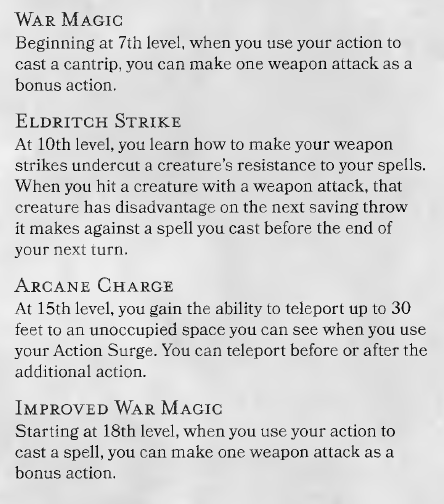

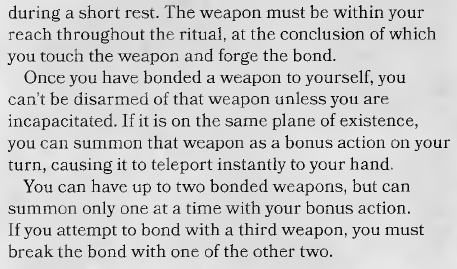
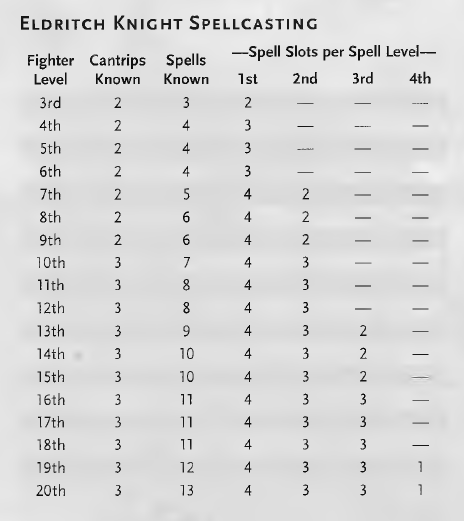
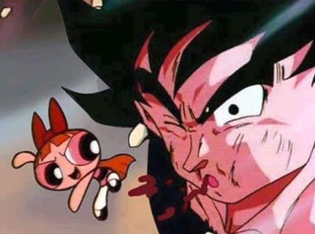
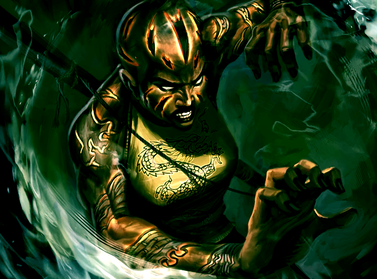
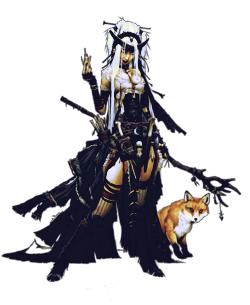
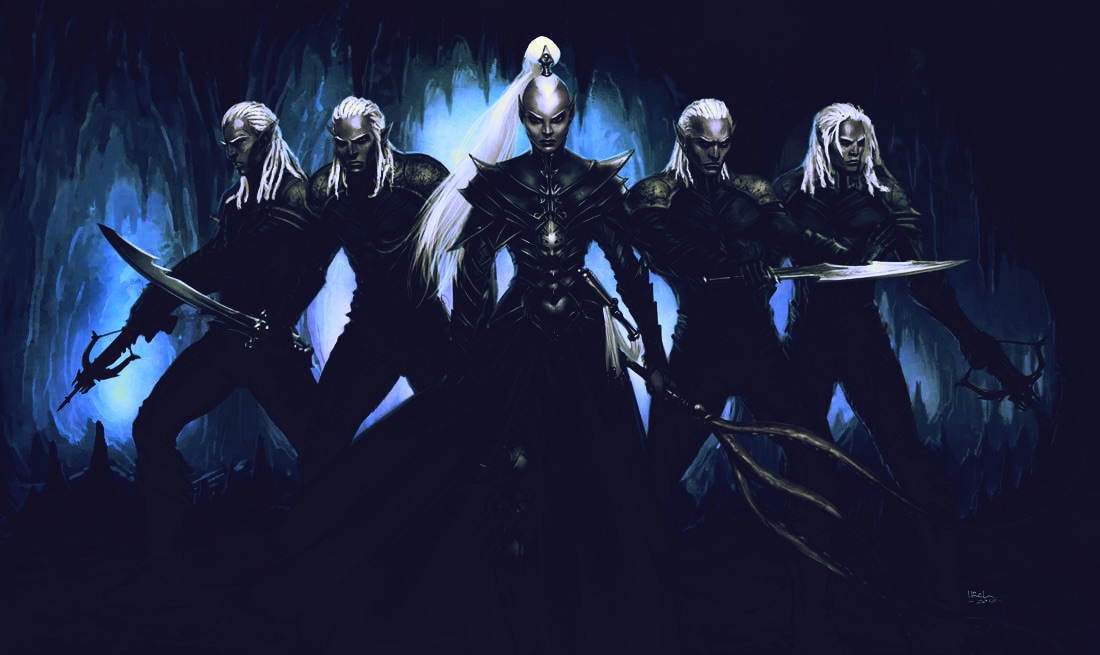
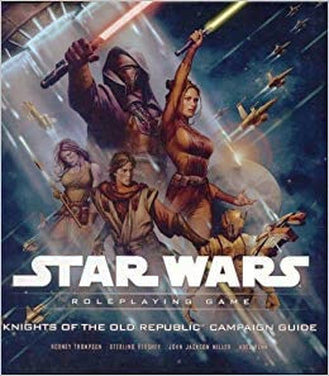

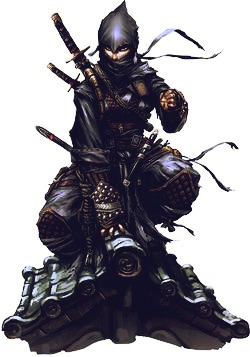
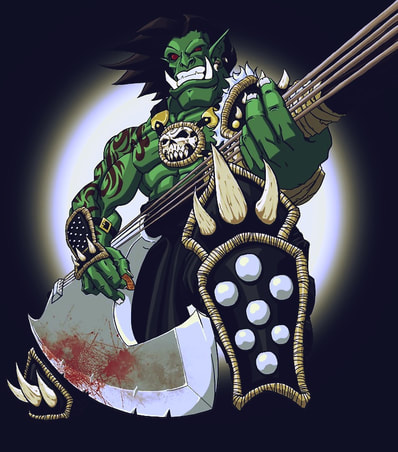
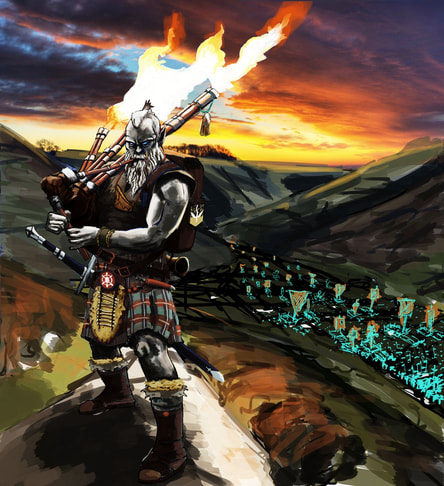
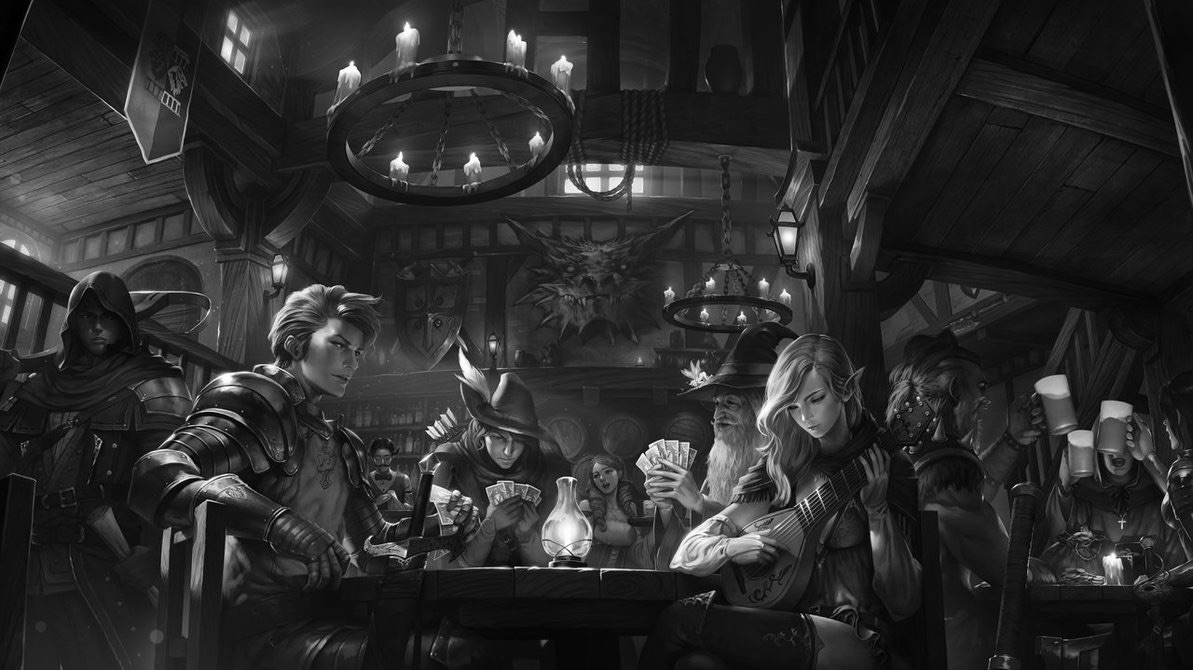
 RSS Feed
RSS Feed